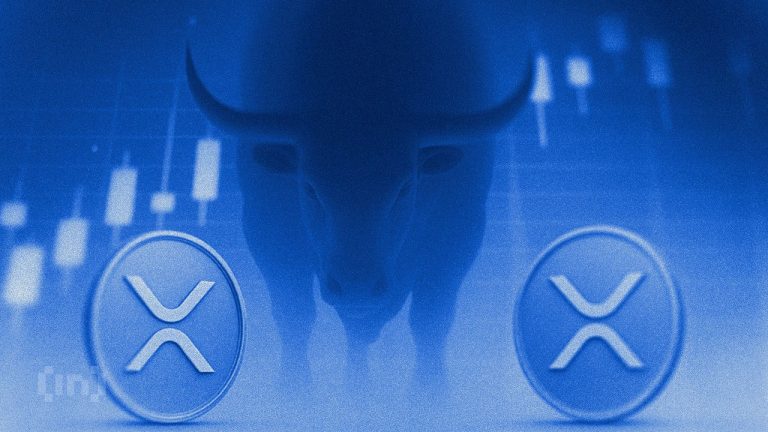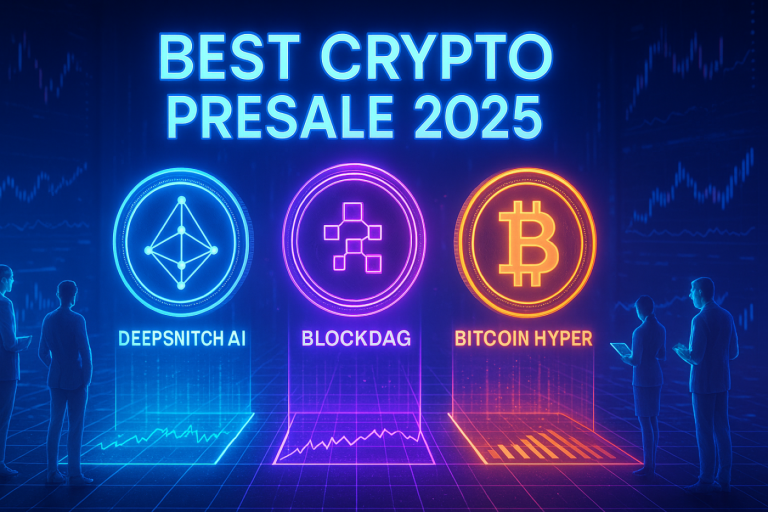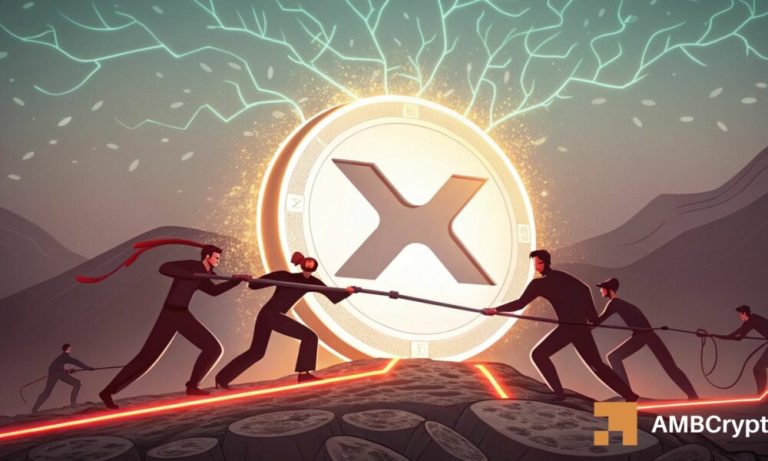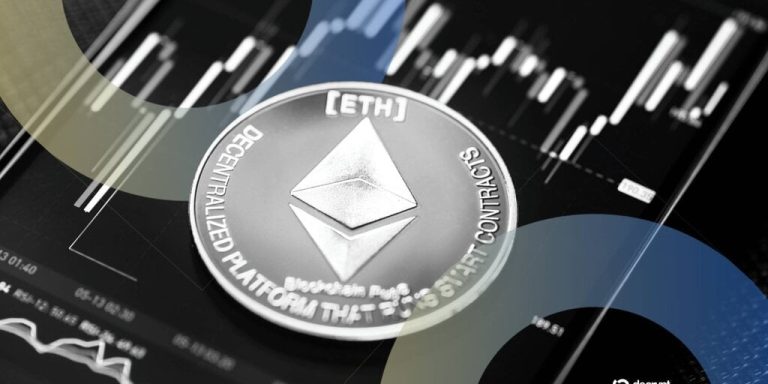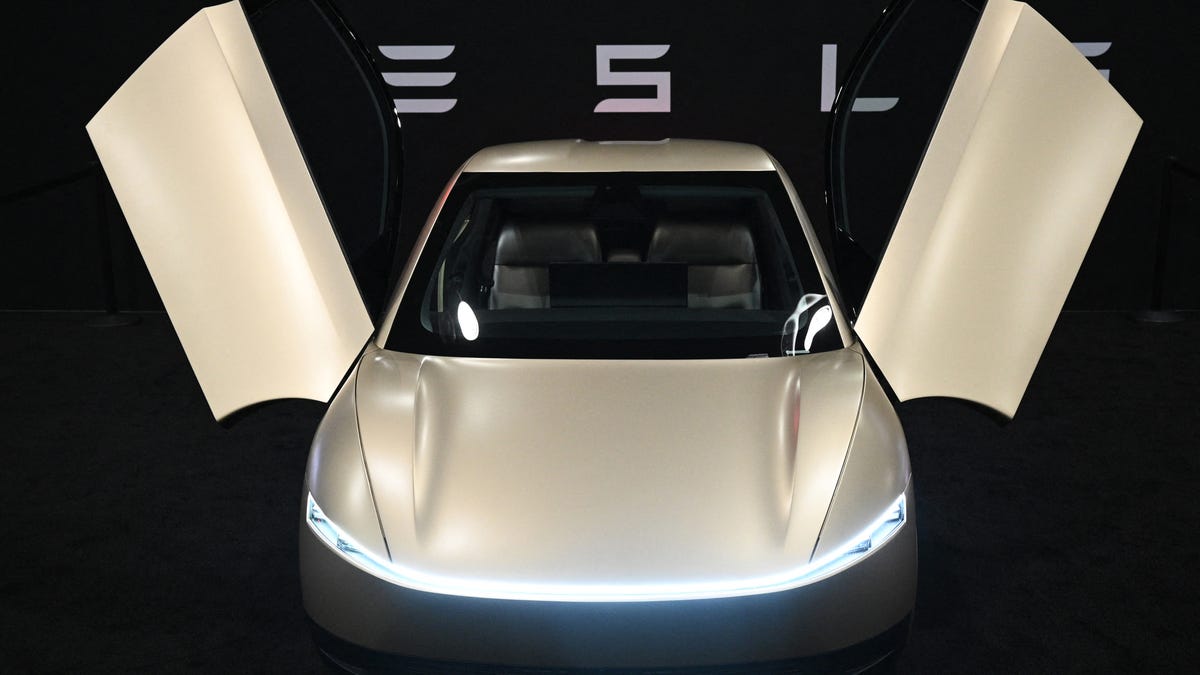
Elon Musk has been promising robotaxis since 2016, a notion that once felt like science fiction. Nearly a decade later, Tesla is expected to reveal its first real robotaxi pilot in Austin on June 12. However, this unveiling will not feature the fully autonomous vehicles Musk initially envisioned. Instead, it will involve around 10 Tesla Model Y cars equipped with the company’s Full Self-Driving (FSD) software, each monitored by human operators ready to intervene if necessary.
This means that the debut will not truly be autonomous, presenting a controlled test with significant implications for investors. Musk has heavily invested in the belief that Tesla’s AI will surpass competitors, stating in 2022, “The focus is primarily on solving full autonomy. That is essential. It really is the difference between Tesla being worth a lot or virtually nothing.” Investors previously believed that autonomy could unlock trillions in market value for Tesla, propelling it to global leadership. Yet, Waymo is already executing fully autonomous services across the U.S., logging hundreds of thousands of rides weekly with a proven safety record.
Now, the critical question is not just whether Tesla can catch up, but if it can stay relevant in the race. The situation has reached a crucial point, and Musk must reveal what Tesla can truly offer.
Tesla’s selling point is that its approach will ultimately scale faster than rivals. With millions of Teslas already on the roads, collecting data and miles, the company uses a vision-only software, unlike competitors who incorporate lidar and radar sensors. However, scale does not guarantee autonomy.
Currently, Tesla’s fleet remains at Level 2 (driver assistance), and the upcoming Austin fleet will have safety drivers or strict remote oversight. If Tesla relies heavily on teleoperation to keep its cars running, it suggests that FSD still requires human scaffolding, potentially undermining its advertised capabilities.
Nonetheless, Tesla’s strategy is bold. If the system can operate reliably in real-world environments with minimal intervention, it could signify a turning point for both Tesla and the autonomous vehicle industry.
While Tesla grabs headlines, Waymo is the one making significant strides on the road. Waymo’s fully autonomous vehicles operate in cities like Phoenix, San Francisco, and parts of Los Angeles and Austin, expanding to Atlanta, Miami, Washington D.C., and even Tokyo. They handle complex urban driving without a human driver and are doing so at scale. By mid-2025, Waymo anticipates providing millions of driverless rides quarterly, backed by consistent safety records and publicly available data.
In contrast, Tesla’s system requires constant human oversight. Federal investigations have linked Tesla’s autopilot and FSD systems to numerous accidents, some fatal. The Department of Transportation is examining how Tesla’s systems perform in extreme conditions. Last year, the company recalled over two million vehicles to enhance warnings and restrictions on its driver assistance software.
This is not the type of reputation one desires when introducing robotaxis. John Krafcik, former CEO of Waymo, remarked that while Tesla has aimed to compete with Waymo for nearly ten years, it has yet to achieve that goal. He noted that Tesla has not completed a single revenue-generating fully autonomous ride, which Waymo accomplishes a million times a month.
The upcoming Austin launch appears more about optics than true autonomy. With Tesla’s sales cooling and competition from China intensifying, Musk’s robotaxi dream might serve more as a lifeline than a luxury.
Reports suggest Tesla has requested city officials keep pilot details confidential, citing trade secrets. Analysts like Adam Jones from Morgan Stanley believe the robotaxi will operate in strictly geofenced areas under favorable conditions, indicating that the “autonomous” system may resemble a managed operation more than a glimpse into the future.
If the pilot succeeds, it could provide Musk with evidence that Tesla’s technology can work in real-world scenarios. It may also reassure investors of the long-term viability of the company and demonstrate that the AI Musk has promoted for years is finally ready.
As Musk has claimed that robotaxis will turn every Tesla into a money-making asset, he has painted a future where vehicles generate passive income. This vision has helped maintain Tesla’s valuation despite missed deadlines and repeated delays.
So far, analysts remain optimistic. Dan Ives from Wedbush maintains a “Outperform” rating and a $500 price target, confident in Tesla’s AI future. Ives believes robotaxis will be deployed in 20 to 25 U.S. cities within the next year, emphasizing that the potential for Tesla’s valuation significantly hinges on the success of its autonomous vision, underscored by the crucial Austin launch.
Yet, skepticism remains. The upcoming launch will be pivotal. Can Tesla prove its autonomous driving technology is ready for prime time, even on a limited scale? Will regulators accept the company’s definitions of “autonomous”? And can Musk deliver something that is not only technically impressive but also commercially viable? This week may provide answers, but with Musk at the helm, we have learned to expect more show than substance. This spectacle has been a long time coming.


